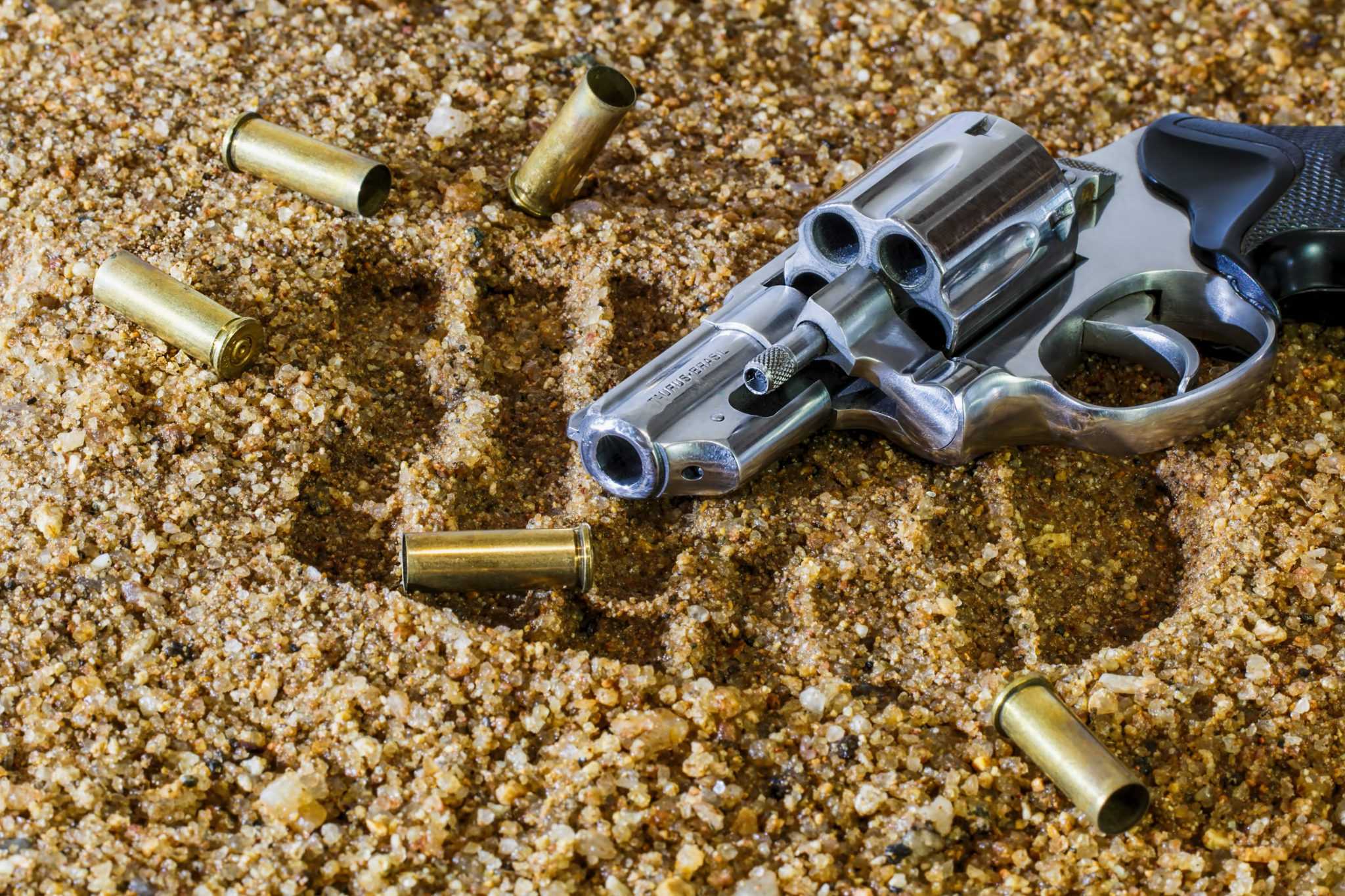After the deadly Las Vegas shooting on Sunday, the U.S. government is once again under attack for its lack of regulations regarding the purchase and sale of firearms in the country.
Each time a tragedy like this occurs, opposers of stricter gun laws consistently argue that it is disrespectful to bring politics into a situation so soon after a mass loss of life.
Former Louisiana Gov. Bobby Jindal, for example, called out former President Barack Obama for “trying to score cheap political points” after the 2015 attack on the Emanuel African Methodist Episcopal Church in Charleston, South Carolina.
Washington Post journalist Christopher Ingraham was quick to respond with, “If this argument is followed to its logical end, then it will never be the right time to discuss mass shootings.”
“Under the broader definition of mass shootings, America has nearly one mass shooting a day,” Ingraham continued, “so if lawmakers are forced to wait for a time when there isn’t a mass shooting to talk gun control, they could find themselves waiting for a very long time.”
In the past 10 years, Americans have watched the United States’ deadliest mass shootings be deranked time after time.
Killeen Texas was made second to the 2007 Virginia Tech shooting, which would later be exceeded by the 2016 Pulse nightclub shooting, in which 49 people were slaughtered.
Barely a year later, the murder of 59 concert goers and the injury of 527 others in Las Vegas has occurred after a decade of ignoring gun violence in the United States.
The likelihood of banning firearms in the U.S. is nearly inconceivable under the country’s current administration. Compromise and common sense, however, can still go a long way in protecting citizens from gun violence.
A primary argument against gun control has always been self defense.
Nelson Lund, a journalist for The Heritage Foundation wrote, “Through analysis of the text and history of the Second Amendment, commentators sought to establish that the Constitution does protect an individual right to have weapons for self-defense, including defense against criminal violence that the government cannot or will not prevent.”
Pro-gun owners for self-defense, however, neglect to comment on assault grade weapons sold throughout the United States.
“When the framers wrote of ‘arms,’ they were thinking about muskets and single-shot pistols,” Eugene Robinson of the Washington Post wrote. “They could not have foreseen modern rifles or high-capacity magazines. They lived at a time when it was impossible to imagine one man barging into a crowded room and killing more than one or two people before having to reload and surely being subdued. Today it is not only imaginable but also tragically commonplace.”
Essentially, the argument of self-defense should never include automatic weaponry. No one has ever needed an AR-15 to stop a burglar.
Keeping pistols and semi-automatic guns as self-protection should be more than enough and the outlawing of heavy artillery would be at the very least a step in the right direction to prevent mass murders.
“So many people die annually from gunfire in the U.S. that the death toll between 1968 and 2011 eclipses all wars ever fought by the country,” Louis Jacobson, a senior correspondent for Politifact, reported.
“According to research by Politifact, there were about 1.4 million firearm deaths in that period, compared with 1.2 million US deaths in every conflict from the War of Independence to Iraq,” Jacobson continued.
Other countries with restrictions on the purchase and use of firearms have had significantly lower rates of gun related violence.
Australia, for instance, instituted strict gun laws after the 1996 mass shooting and murder of 35 people in Port Arthur, Tasmania. The government was quick to ban private sales of weapons and enacted a buyback for over one-fifth of firearms in the countries circulation.
According to Slate, “Homicides by firearm [in Australia] plunged 59 percent between 1995 and 2006 with no corresponding increase in non-firearm-related homicides. The drop in suicides by gun was even steeper: 65 percent.”
Other countries have taken strides towards the reduction of gun violence. In 2016, the European Union set forth a series of laws making the resale and abuse of weapons extremely difficult.
“The European Union has agreed to ban sales of the most dangerous semi-automatic firearms, and to make it much harder to legally buy other weapons in the EU. People across the EU will now have to go through medical checks before getting a license to buy firearms. Online sales will also be limited,” CNN reported.
“The EU will also make it easier to track legally bought firearms in order to prevent them from being resold on the black market.”
Gun control has worked wildly across the globe, meaning that mass gun violence is easily preventable in the U.S. as well. It is entirely up to our government to choose when this country is sick of the senseless murder of its citizens, and the only thing that can move the process of restricting violence along quicker is the action of U.S. citizens.
Hansen Dendinger is a freshman communications major from Waxhaw, North Carolina. Follow her on Twitter at @HansenDendinger

